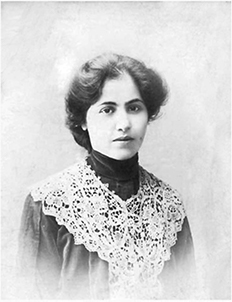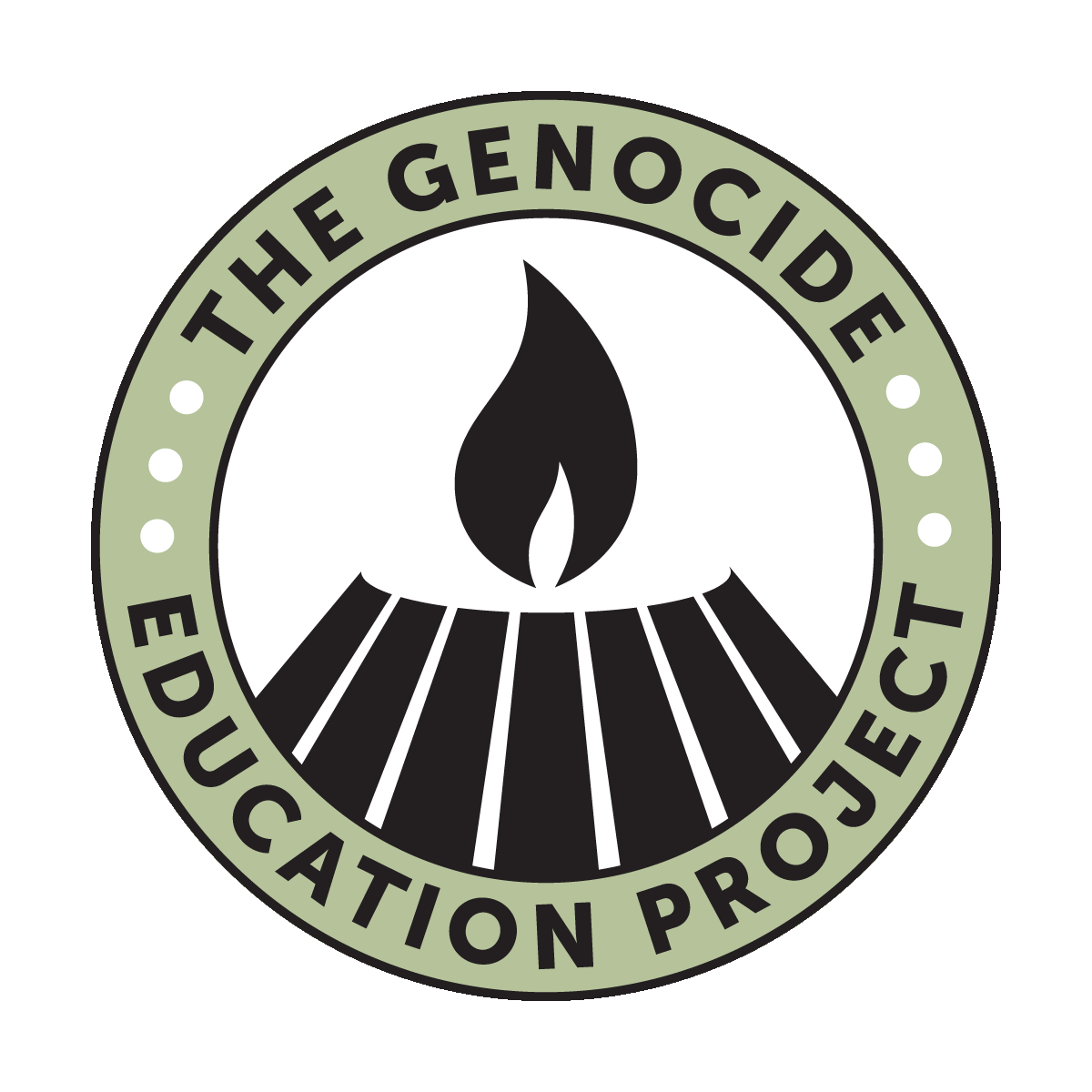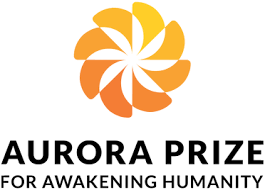04.02.2025

Zabel Yessayan was born on February 4th, 1878, in Constantinople (Istanbul). After graduating from the Holy Cross school in Uskudar, she went to Paris in December 1895, where she attended lectures on literature and philosophy at the Sorbonne and the College de France.
She married the artist Dikran Yessayan (1874-1921) in 1900. After considerable activity in the literary and public fields in Paris, she returned to Constantinople in 1902, where she continued her literary activities.
Due to the social and national-political repression and persecution that began after the attempt on Sultan Abdul-Hamid II’s life, she was forced to return to Paris, where she lived until 1908.
Zabel Yessayan spent about three months in Adana, Mersin, Sis, and other places after the massacres, meeting eyewitnesses and survivors and writing a number of works describing what she saw and heard (In the Ruins, The Curse, The New Bride, Safie).
She was on the secret list of intellectuals to be deported on the night of April 24th. Escaping deportation, she spent several months living in disguise, after which she went to Bulgaria, Romania, and, eventually, at the end of 1915, the Caucasus. She had a number of meetings in both Baku and Tiflis (Tbilisi), joined various important enterprises, and gave lectures. She went to St. Petersburg and Moscow at the invitation of the Moscow Armenian Committee, where she organized fundraising for the benefit of Armenian orphans and presented the real picture of the Armenian massacres.
She visited Moscow in 1926 and then Soviet Armenia and Nagorno-Karabakh in November of the same year and wrote her memoirs of the journey (Prometheus Set Free).
After receiving an offer of work from Yerevan State University in 1933, she moved from France to Soviet Armenia. She was arrested during the severe period of Stalinist repressions and appeared in Baku prison.
The circumstances surrounding her death are unknown to this day.
Even during the Armenian Genocide years, the Vshtapatoum Commission attempted to assemble a collection of eyewitness accounts. She presented figures for the number of Armenian victims in Turkey, the value of their financial losses, their cultural losses, and an outline of the accurate picture of the horrors and torture they suffered. Zabel Yesayan took a part of the Vshtapatoum collection abroad with her from Baku to make public the losses and horrors suffered by Armenians.
“I'm at the mineral water spa at the moment, where I'll be staying until August 15th so I can recover a little from my kidney illness and take care of myself, as I've been unwell with it for a whole year. I'll be returning to Baku immediately afterward and will be spending my time arranging all the testimonies and authentic facts that the 'Vshtapatoum' Commission has collected.” A letter to Arshag Chobanian, Piatigorsk, June 9th, 1917
Zabel Yessayan was appointed as the commissioner for women and children by the Armenian National Council in 1919. In one of his reports, we find a description of the horrors Armenian women were going through:
1. Some of the women were kidnapped from their towns and villages. Turkish officers in Erzurum kidnapped and raped the daughters of the city's notable Armenians and, in Erzinjan, those of wealthy families.
2. Armenian women and children would be kidnapped, especially after the Armenian men had been killed. The police, who accompanied these groups of women, would, after the most arduous journey, bring them to a fountain but wouldn't allow them to drink. The price for drinking water was to submit to the Turkish soldiers and satisfy their vices.
3. When the women reached the collecting point, Kurds, Circassians, and Chechens would attack them.





